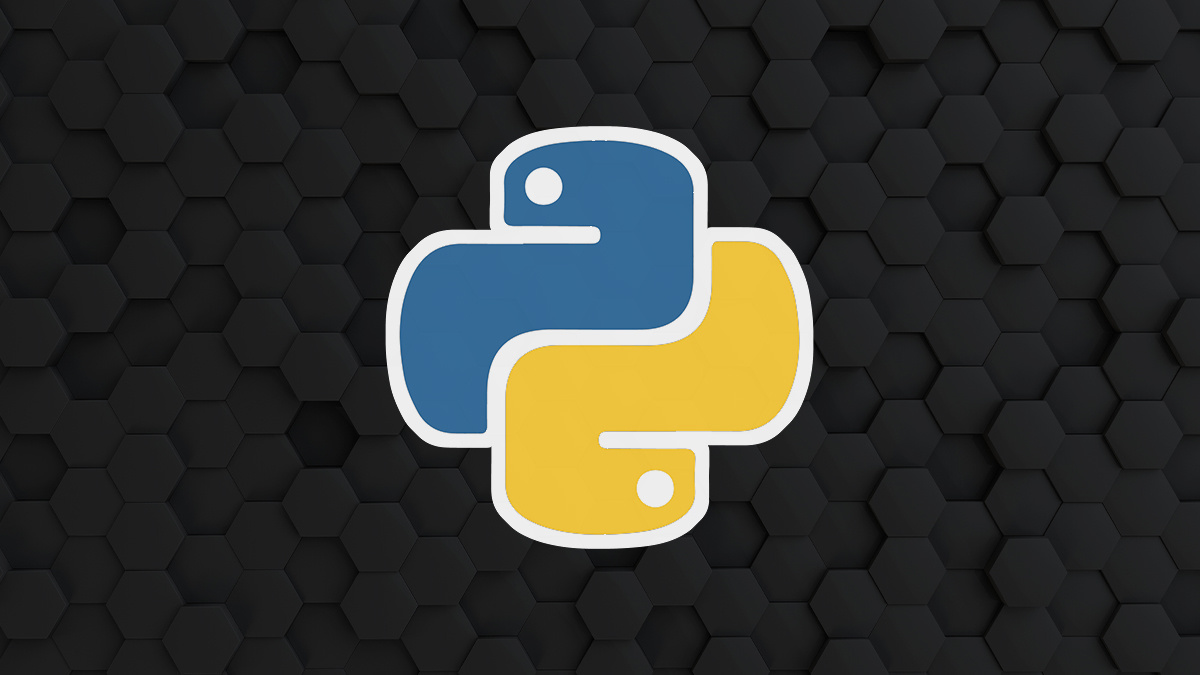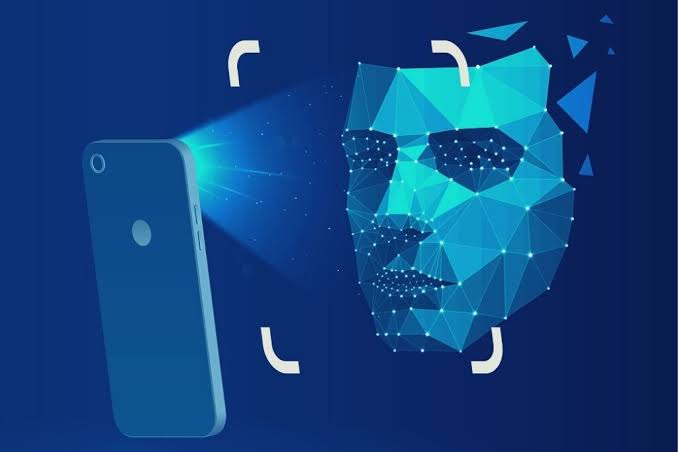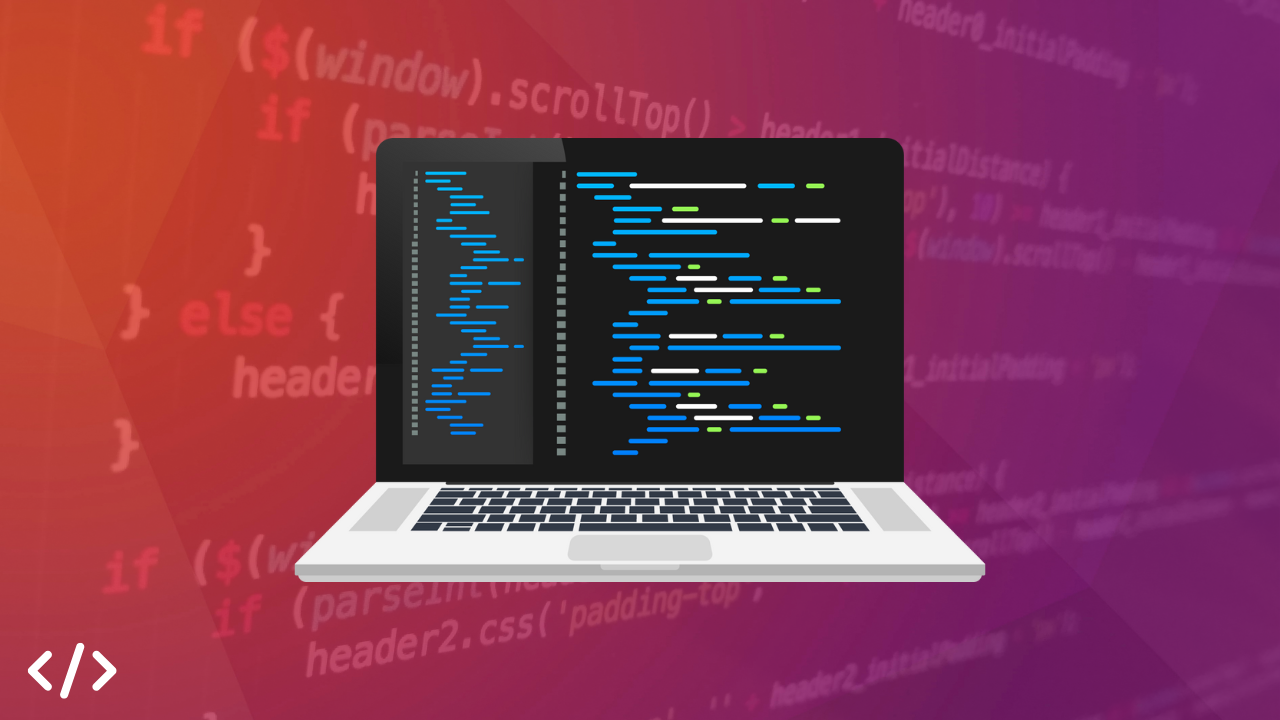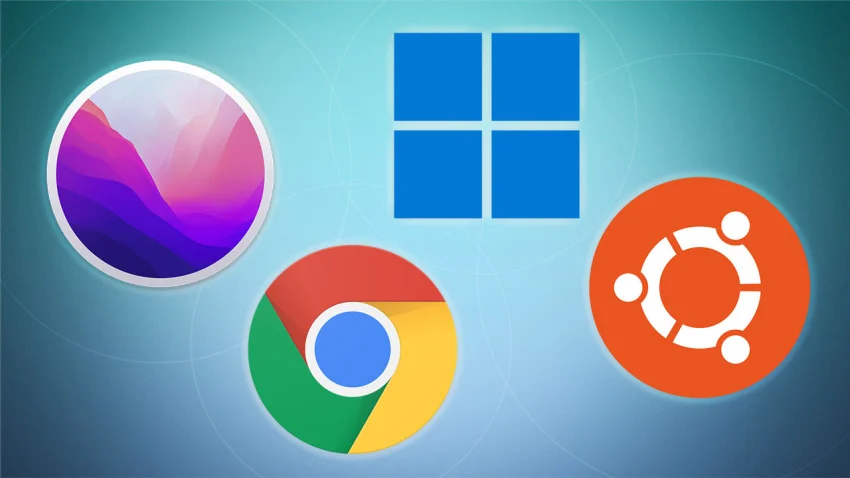
Python
Python is a versatile, high-level programming language known for its simplicity, readability, and broad range of applications. Created by Guido van Rossum and first released in 1991, Python has gained immense popularity within the developer community due to its ease of use and the extensive library support it offers.
Here's an overview of Python and its various uses:
1. General-Purpose Programming: Python is a general-purpose programming language that can be used for a wide variety of tasks, from writing scripts to building complex applications. Its clean and concise syntax makes it an excellent choice for both beginners and experienced developers.
2. Web Development: Python is used to create web applications and websites using frameworks like Django and Flask. These frameworks provide tools and libraries that simplify tasks like URL routing, database interaction, and user authentication.
3. Data Science and Analytics: Python has become the de facto language for data science and analytics. Libraries such as NumPy, pandas, and scikit-learn provide powerful tools for data manipulation, analysis, and machine learning. Jupyter notebooks are commonly used for interactive data exploration and visualization.
4. Scientific Computing: Python is used extensively in scientific computing and research. Libraries like SciPy and matplotlib provide functionalities for tasks like numerical optimization, signal processing, and creating visualizations.
5. Machine Learning and AI: Python's popularity in the machine learning and artificial intelligence fields is remarkable. Libraries like TensorFlow, Keras, and PyTorch allow developers to create and train machine learning models efficiently.
6. Automation and Scripting: Python is often used for automating repetitive tasks and creating scripts. It's a preferred choice for tasks like file manipulation, data extraction, and system administration.
7. Game Development: Python is used in game development, especially for creating 2D games and prototypes. Libraries like Pygame provide tools for graphics rendering and user input handling.
8. Internet of Things (IoT): Python is used to program and control IoT devices. Its simplicity and versatility make it suitable for building applications that communicate with and control connected devices.
9. Desktop Applications: Python can be used to develop cross-platform desktop applications using frameworks like PyQt and Tkinter. These frameworks provide tools for creating graphical user interfaces (GUIs).
10. Web Scraping: Python's libraries, such as Beautiful Soup and Scrapy, are commonly used for web scraping, which involves extracting data from websites.
11. Networking and Cybersecurity: Python can be used to create network applications, automate network-related tasks, and even develop security tools for penetration testing and vulnerability assessment.
12. Education: Python's simple and readable syntax makes it an excellent choice for teaching programming concepts to beginners. Many educational institutions use Python as a first programming language.
In essence, Python's versatility and extensive library ecosystem make it a go-to choice for developers in various domains. Its ease of learning and readability also contribute to its widespread adoption. Whether you're building a web application, analyzing data, creating machine learning models, or automating tasks, Python provides the tools and flexibility needed to get the job done efficiently.
Aug. 19, 2023, 1:47 p.m.





